Rarity is found in surprising places and the Aston Martin Virage is a very good example of this. The mainstay of Aston’s range during the late 1980s and early 1990s, the Virage was the last Aston Martin to be fully hand-built at Newport Pagnell.
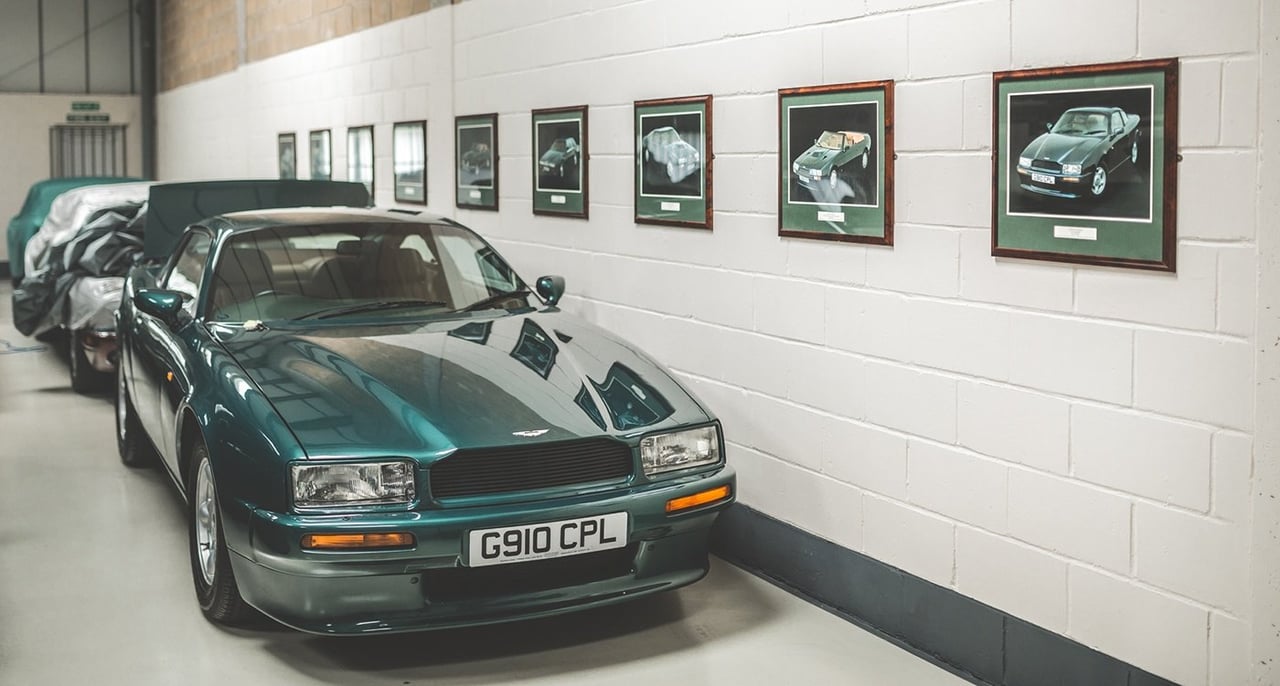
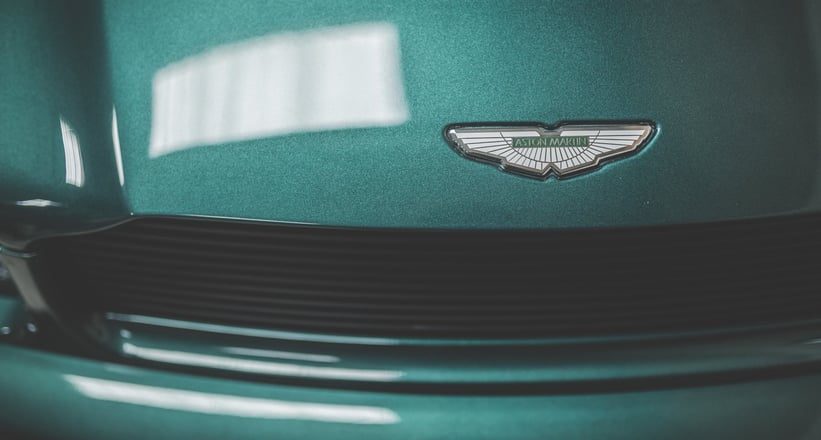
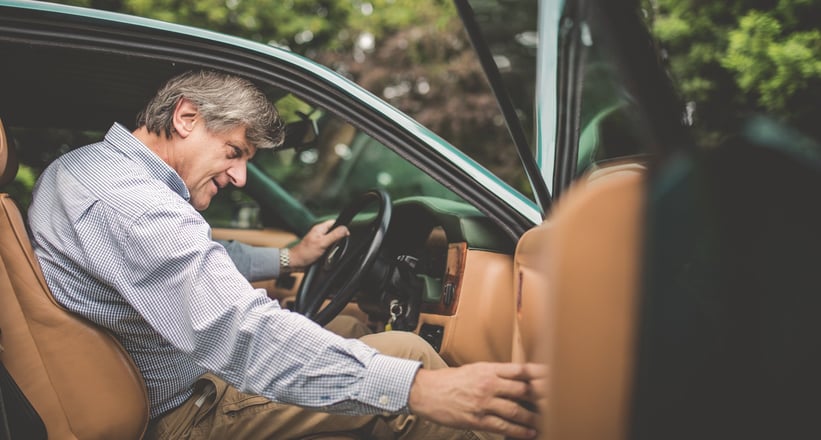
By the end of the first production run, 358 coupés had been built – 167 in right-hand drive (71 manuals and 96 automatics) and 191 in left-hand drive (92 manuals and 99 automatics). There were just 233 drop-top Volantes built, of which 121 were right-hand drive (seven manuals and 114 automatics) and 113 were left-hand drive (18 manuals and 95 automatics).
In the previous V8 range, from 1970–1989, there was a strong bias towards automatic gearboxes. It’s interesting, then, to see higher numbers of manual Virages. This also means there are a good number of manual cars for the three-pedal enthusiasts to find. In addition to the aforementioned production numbers are the cars converted or built to 6.3-litre specification. Records are sketchy, but it’s believed there were around 15 built by the factory and a similar number retrospectively upgraded – they’re very rare cars indeed.
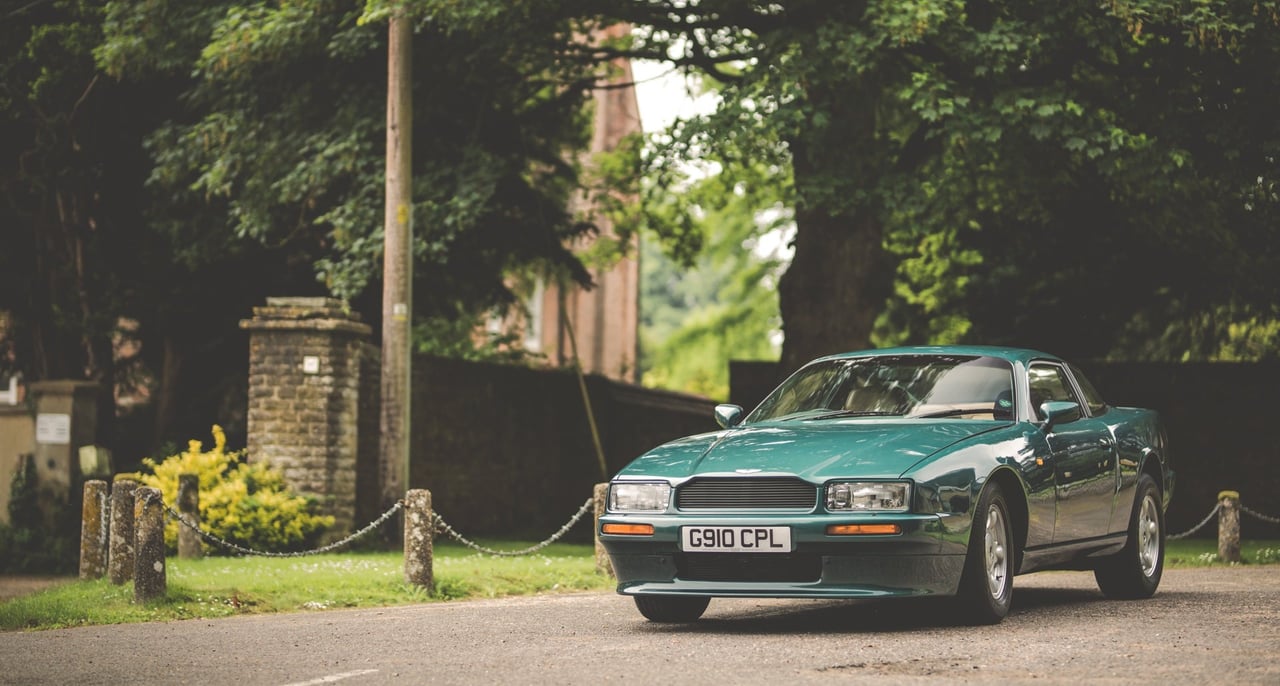
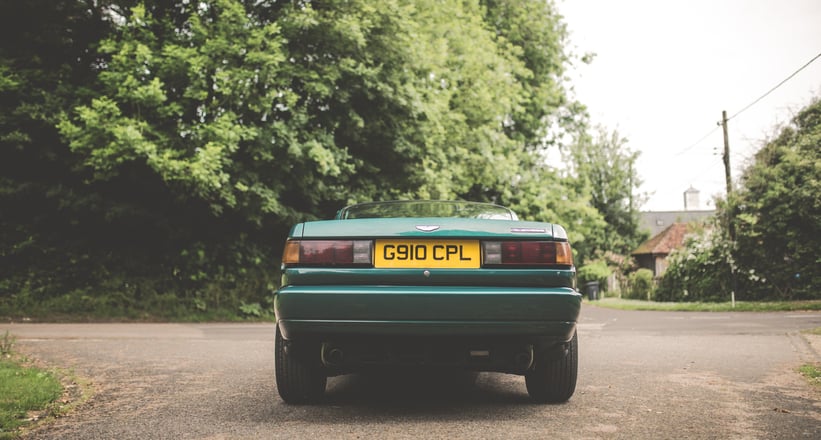

The Virage was an appositely named and important car since it was the model with which Aston Martin turned a corner. There is just a handful of Astons that can be described as seminal models – the Ulster, DB2, DB4, and Vanquish, for example – and the Virage is emphatically one of them. It helped the marque to survive and showed that Aston Martin was capable of remarkable engineering with limited resources.
By the end of 1986, two things were clear at Newport Pagnell. Firstly, the V8 – in all its guises – was nearing the end of its life. Secondly, increasingly stringent regulations around the world could be met best with a new car. The global economy was healthy and the leadership of the ebullient Victor Gauntlett led to the commissioning of the first new car since the DB4 of 1958. The prototype Virage, DP2034, was the first Aston Martin to be designed with the aid of CAD.
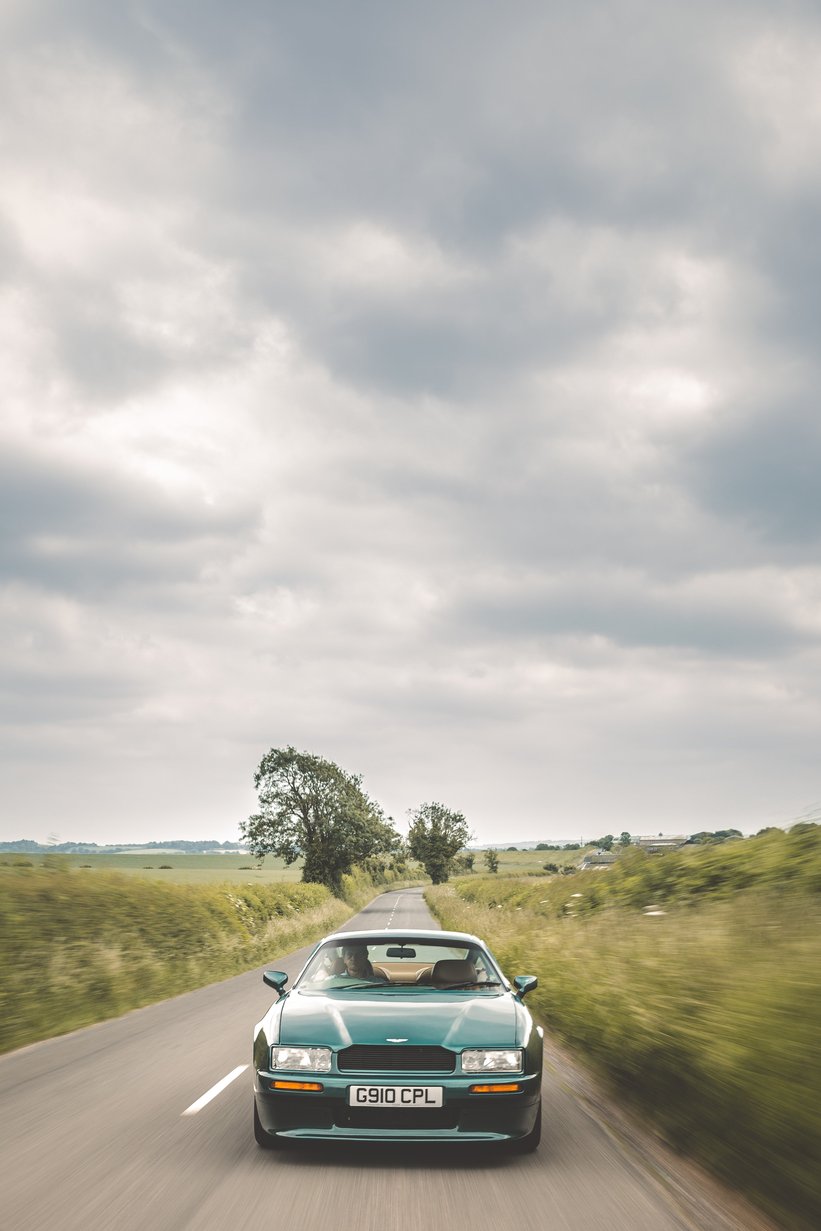
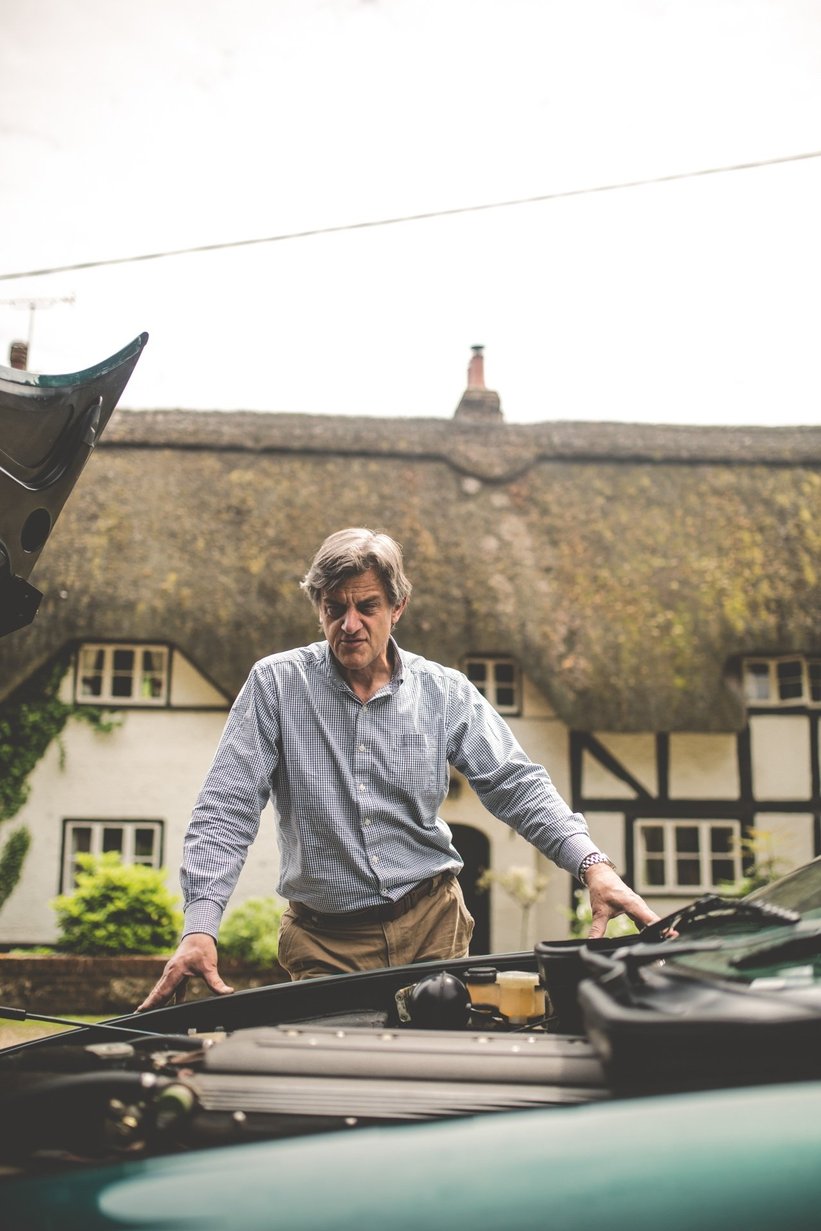
However, it was Ken Greenley and John Heffernan’s genius that produced the beautiful flowing lines of the Virage, which still look gracious and modern today. This was no doubt because it was clean and simple. Its beauty was matched by efficiency – it boasted a drag coefficient of just 0.34, helped in part by the innovative flush glazing on the front and rear screens. Outboard brakes and a new and lightweight De Dion rear suspension system underpinned the car, lending a better ride than the previous V8. The front suspension was a new double wishbone arrangement and the brakes were bigger than Aston had ever used before.
Another major step forward was made with the engine, which was fitted with catalytic converters and developed in collaboration with Callaway in Connecticut. The block was derived from the existing Tadek Marek-designed V8, but the heads were new with four valves per cylinder and optimised for both combustion and size. Fuel was delivered via a Weber fuel injection system and the engine developed 320bhp in standard guise. The Virage was initially offered with a fine ZF five-speed transmission or a Torqueflite Auto. It took a remarkably short two years until the car was shown to the public but the reaction was very positive.
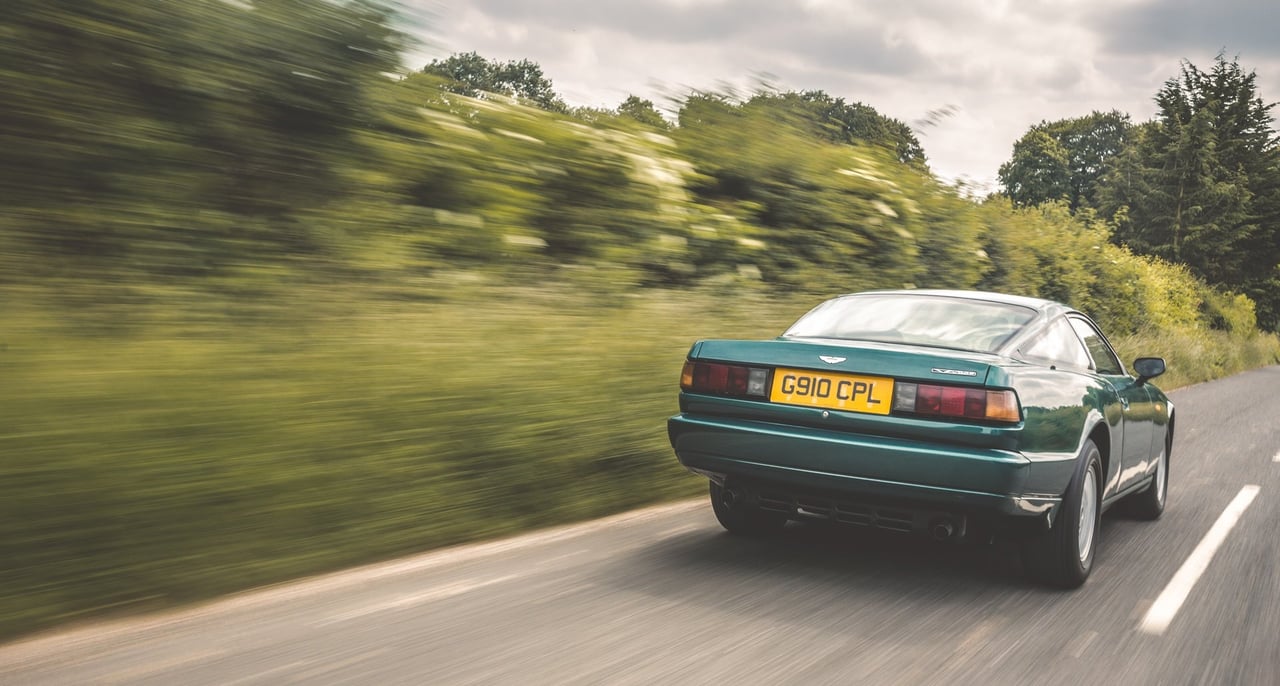
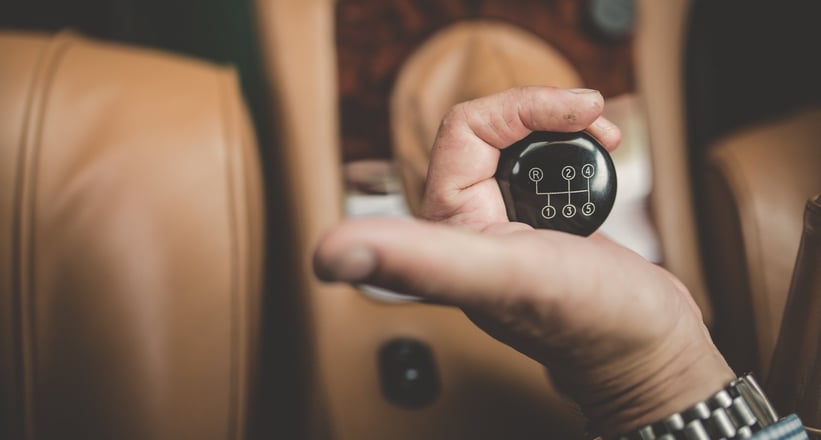
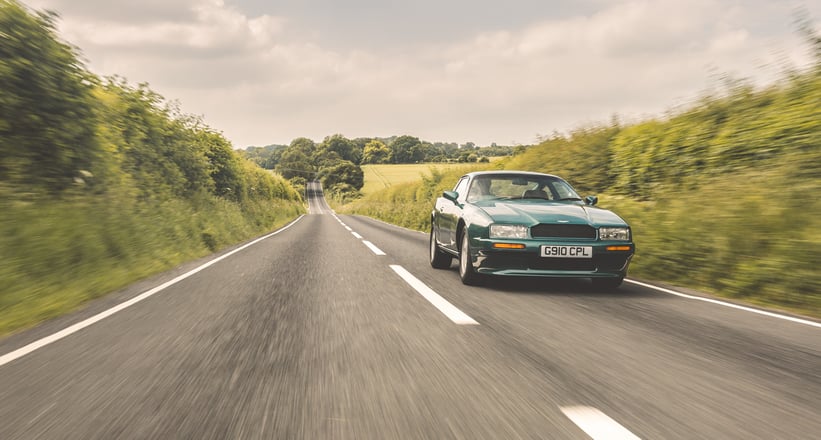
In October of 1990, the Volante was revealed and despite the loss of the sleek roof, the soft-top Virage was one of the best looking Volantes Aston Martin had ever produced. And in fact, the very stiff Virage chassis made the conversion relatively straightforward. In 1992, the factory offered the 6.3-litre upgrade, which boosted power to 456bhp and was accompanied by bigger wheels and brakes. This finally gave the Virage the supercar performance it deserved.
I recently had the opportunity to enjoy this immaculate early Virage. Though it’s a standard car, it is a rather special example as it was originally part of the ‘Hunter Green’ collection. It had been a while since I’d been behind the wheel of a Virage and I must confess that it was a surprising experience. The car has real presence and grace on the road and drew far more attention from other road users than any modern Astons do.



Being of a certain generation of Grand Tourers, there is a wonderful airy and relaxed feel to the cabin. The window pillars are delicate and visibility is amazing – there was none of the feeling that you’re peering through a letterbox like you get with so many modern cars. The very best of Connolly’s first generation of hides lend the car a sumptuous aroma that seems fresh yet ‘old world’ at the same time. I’m struggling to think of another car that’s as nice to sit in.
Up close, the Virage looks paradoxically smaller than it does from a distance and the dramatically smooth lines can be enjoyed even more. The way the cabin windows join the lower body is perfect – a small homage to the DB4 perhaps, but the rest of the body is timeless and still looks modern.
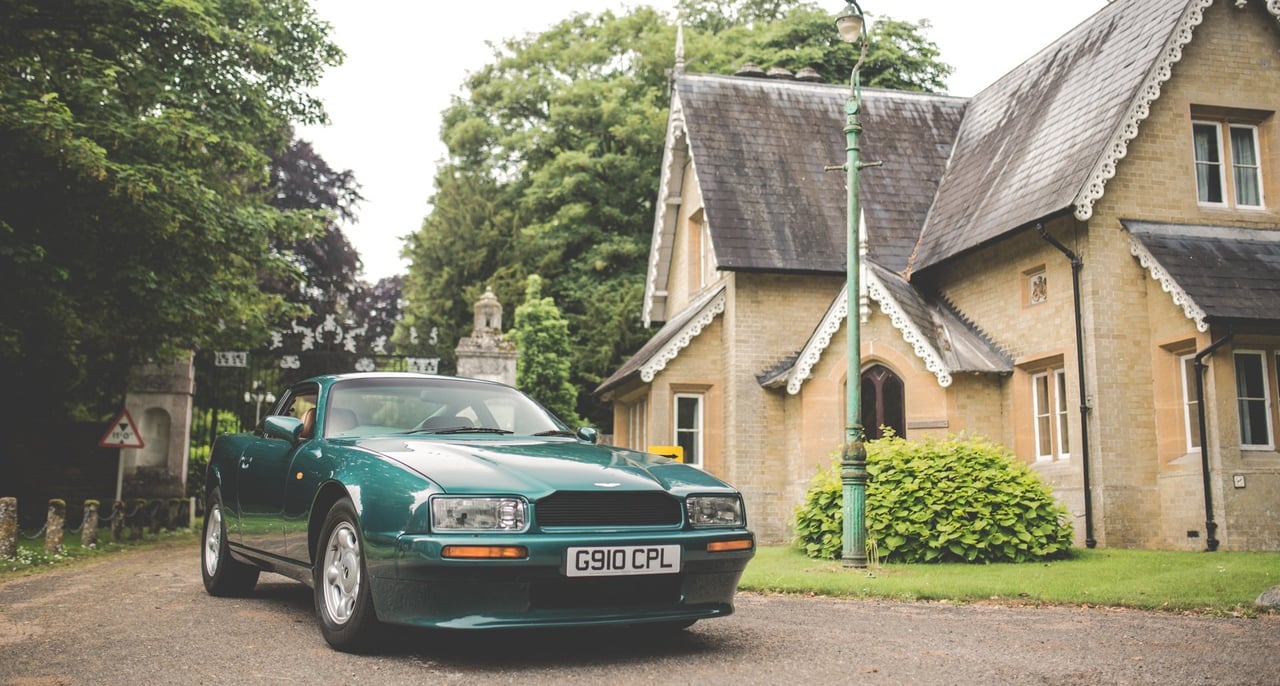
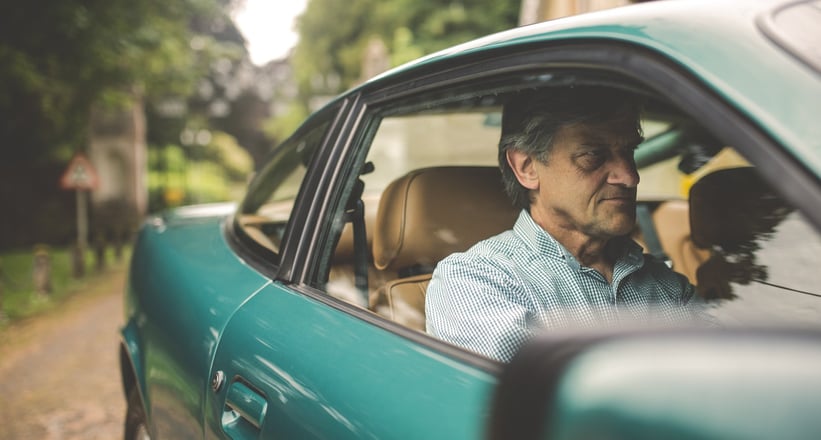

To drive, it feels more like a DB4 built in the 1990s than its immediate predecessor, yet the body control is vastly superior and the four-valve V8 is a delight; significantly more refined and assuring than the earlier V8’s and with more of a V12 buzz than a V8 rumble. The controls are all light and it’s a very easy car to handle. This makes it quick on A- and B-roads, akin to a ‘hot hatch’ of today. The ride has none of the ‘chop’ of the later V8s, yet it’s still quite precise.
The Virage does not feel its age – it drips class and elegance and is a real joy to drive thanks to it being so easy and light to drive – even the five-speed ZF ’box feels less heavy than the earlier transmissions. So, here is an important Aston Martin that we feel has been underrated for far too long – its renaissance is long overdue.
Text: Stephen Archer / Photos: Robert Cooper for Classic Driver © 2018













































